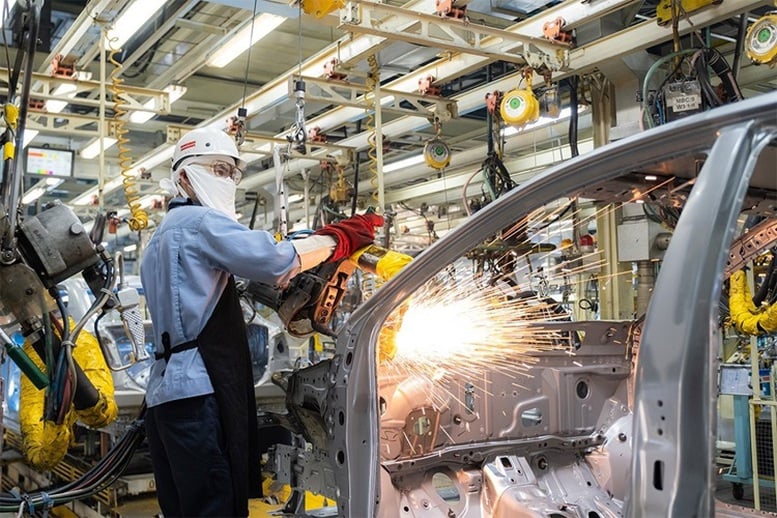
Currently, Vietnam has about 1,700 FDI enterprises operating in the supporting industry sector, accounting for about 40% of the total number of enterprises in the industry. However, the localization rate in many fields is still modest.
Supporting industry is considered the "backbone" of the manufacturing industry and a key factor for Vietnam to participate more deeply in the global value chain.
According to Mr. Vu Ba Phu, Director of the Trade Promotion Agency ( Ministry of Industry and Trade ), Vietnam currently has about 1,700 FDI enterprises operating in the supporting industry sector, accounting for about 40% of the total number of enterprises in the industry. However, looking deeper into the industry structure, the localization rate in many fields is still modest: Textiles - footwear reaches about 45-50%, mechanical engineering 15-20%, automobile assembly only 5-20%. Meanwhile, about 6,000 domestic supporting industry enterprises only meet 10% of the demand for components and spare parts for production.
For domestic enterprises alone, the localization rate is only about 15.7%. These figures show that Vietnamese enterprises are still outside the "big playing field" and need strong support in technology, management, technical standards as well as connection opportunities to effectively participate in the global supply chain.
Sharing from the practice of supporting businesses, Mr. Pham Hai Phong, Chief of Office of Vietnam Association of Supporting Industries (VASI), said that participating in the supply chain, especially in the manufacturing industry, is not an easy journey. Businesses need to have a long-term commitment, and systematically arrange resources and people to improve and integrate.
A typical example is a VASI member company, which initially only participated in the exhibition in Germany as an observer. After realizing the potential, this company actively invested in technological innovation, participated in on-site consulting and training programs, and gradually achieved the capacity to supply to large corporations. By 2023, the company had expanded 2 more factories, tripling its output. This is clear evidence that to "enter" the global supply chain, a company needs 9-10 years of sustained investment in technology and human resources.
Prioritize 5 key areas
From a policy perspective, Mr. Chu Viet Cuong - Director of the Center for Industrial Development Support (Department of Industry, Ministry of Industry and Trade) said that on July 19, 2025, the Prime Minister signed and issued Decree No. 205 amending and supplementing Decree 111/2015 on the development of supporting industries. This is an important step to remove obstacles that have existed for nearly a decade, creating more favorable conditions for businesses to access support policies.
According to Mr. Cuong, one of the focuses of the new policy is to develop a system of industrial support centers at both regional and local levels. Currently, two regional centers have been established: the Northern Industrial Development Support Center (IDC) and the Southern Center. In the coming time, localities will also establish similar centers, operating under the management of the Department of Industry and Trade. These centers have the role of training, consulting on technology transfer, supporting product inspection and testing, thereby improving the capacity of local enterprises.
In addition, the Department of Industry also regularly coordinates with multinational corporations such as Samsung, Toyota, etc. to select potential domestic enterprises, support them to improve production and qualify to become tier 2, or even tier 1 suppliers for these corporations. In particular, according to Decree 205, the State will support up to 70% of the costs for technology transfer activities, which is an important motivation for enterprises to boldly invest in innovation.
Regarding strategic orientation, Mr. Chu Viet Cuong said that the Department of Industry has selected a number of key supporting industries for in-depth investment, avoiding the situation of spreading resources. Specifically, priority is given to 5 main areas such as mechanical engineering, automobiles, electricity - electronics and semiconductors, textiles - footwear and basic materials.
For the mechanical industry, the focus is on manufacturing components and accessories to serve large domestic manufacturing industries. The automobile industry is also considered a potential market with a localization rate of only 15-20%, while the target for 2030 is 30-40%. Calling for FDI in high-tech stages such as manufacturing car frames, gearboxes, controllers, etc. is a major priority.
The electrical, electronic and semiconductor industries are currently leading in attracting FDI, contributing more than 30% of the export value of the processing and manufacturing industry. Vietnam is forming specialized industrial clusters in Bac Ninh , Hai Phong, and Ho Chi Minh City, and is also coordinating with corporations such as Samsung, Intel, and LG to train a team of engineers specializing in designing and processing electronic circuits.
Regarding textiles and footwear, Mr. Cuong said that due to the heavy dependence on imported raw materials, the development orientation is to promote the production of technical fibers, artificial leather, biological shoe soles, etc. to reduce imports and increase domestic value. Meanwhile, the basic materials industry is identified as a key bottleneck. Accordingly, there will be strong investment in the production of aluminum alloys, technical plastics, technical rubber, materials for electric vehicle batteries, 5G components, etc.
Anh Tho
Source: https://baochinhphu.vn/phat-trien-cong-nghiep-ho-tro-dau-tu-trong-tam-tranh-gian-trai-102250805143550391.htm


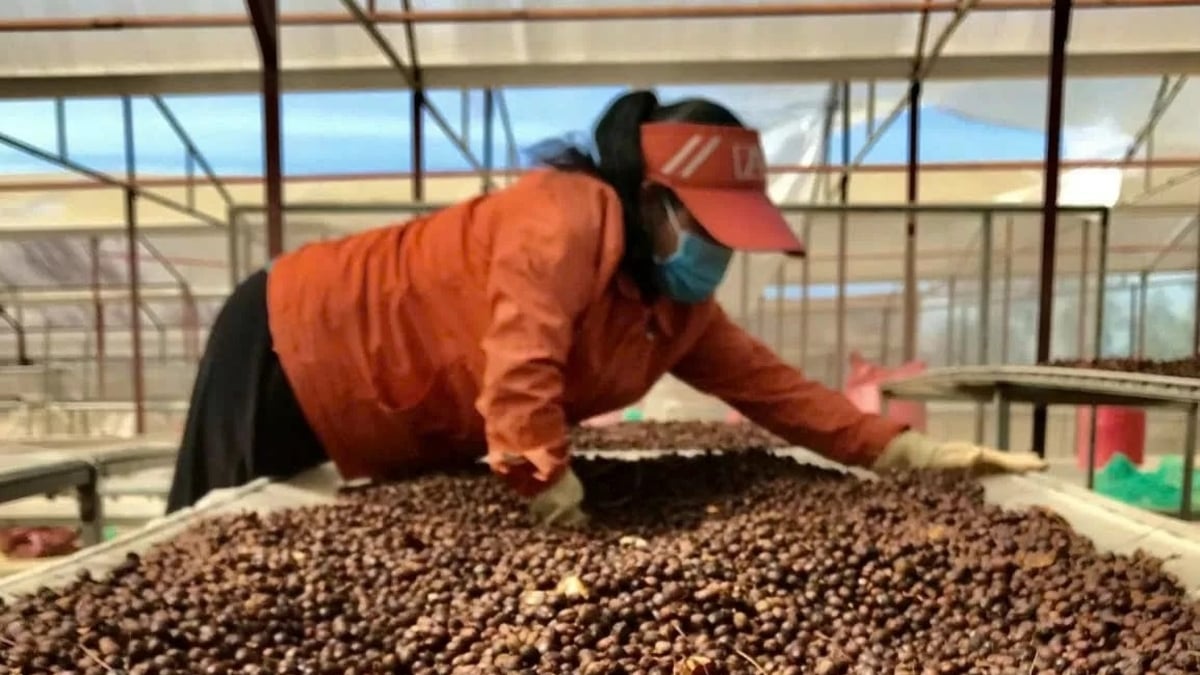



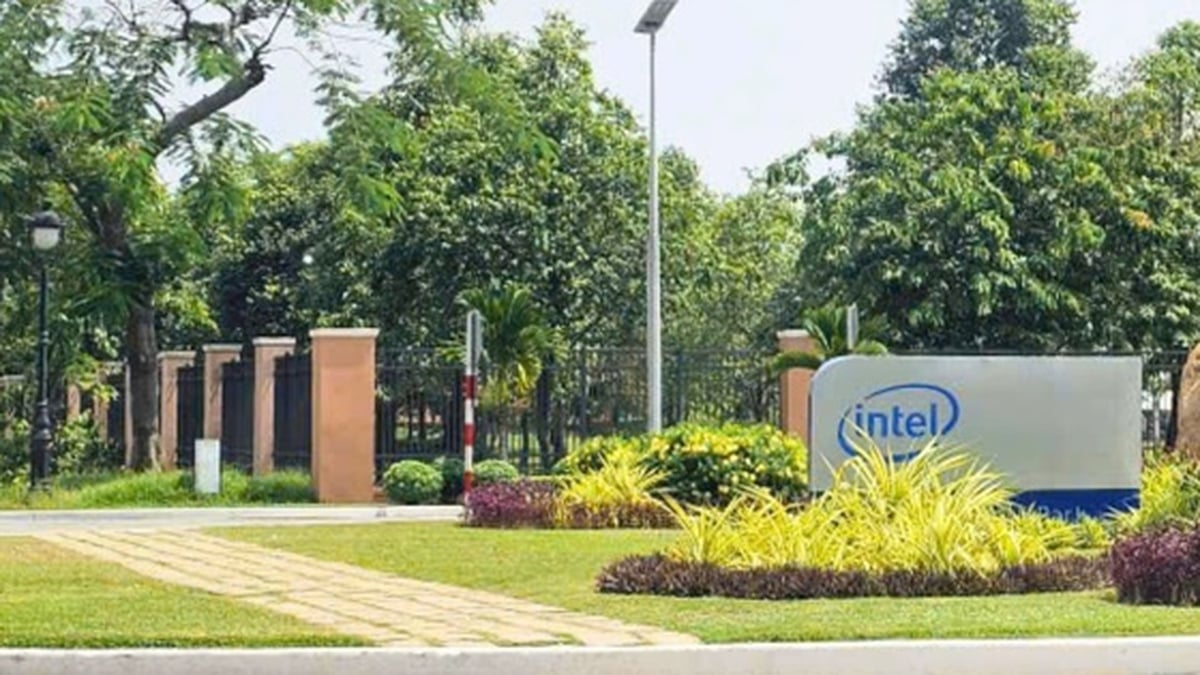

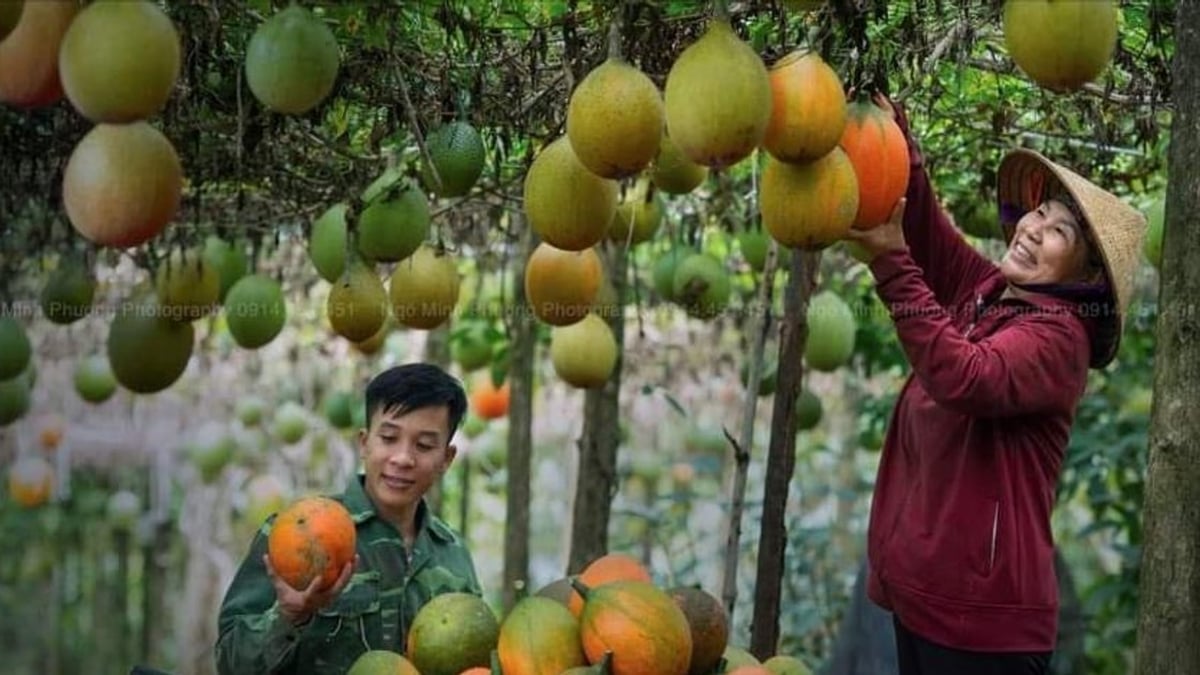














![[Photo] Nghe An: Provincial Road 543D seriously eroded due to floods](https://vphoto.vietnam.vn/thumb/1200x675/vietnam/resource/IMAGE/2025/8/5/5759d3837c26428799f6d929fa274493)






























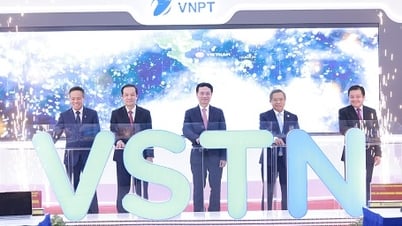

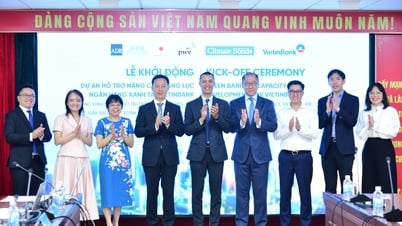


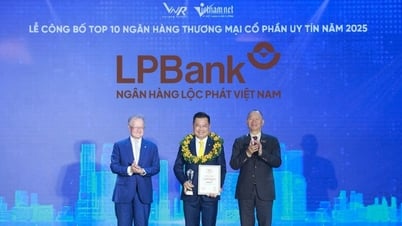


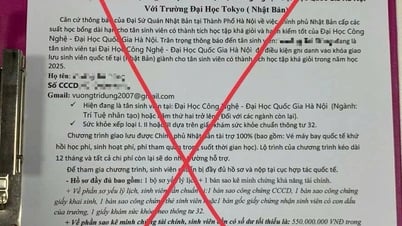
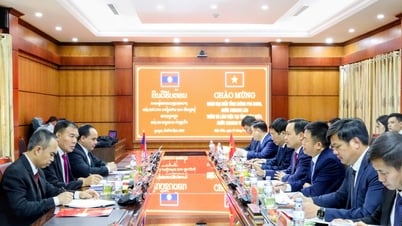


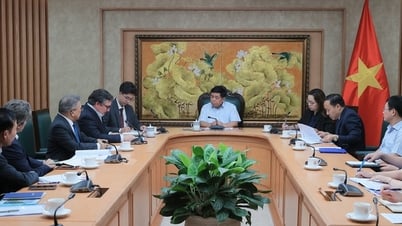



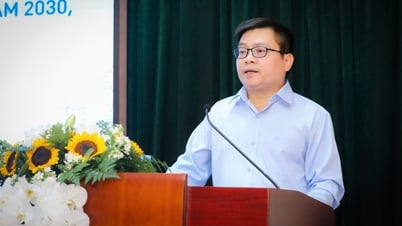




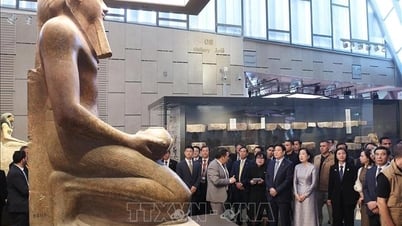






















Comment (0)